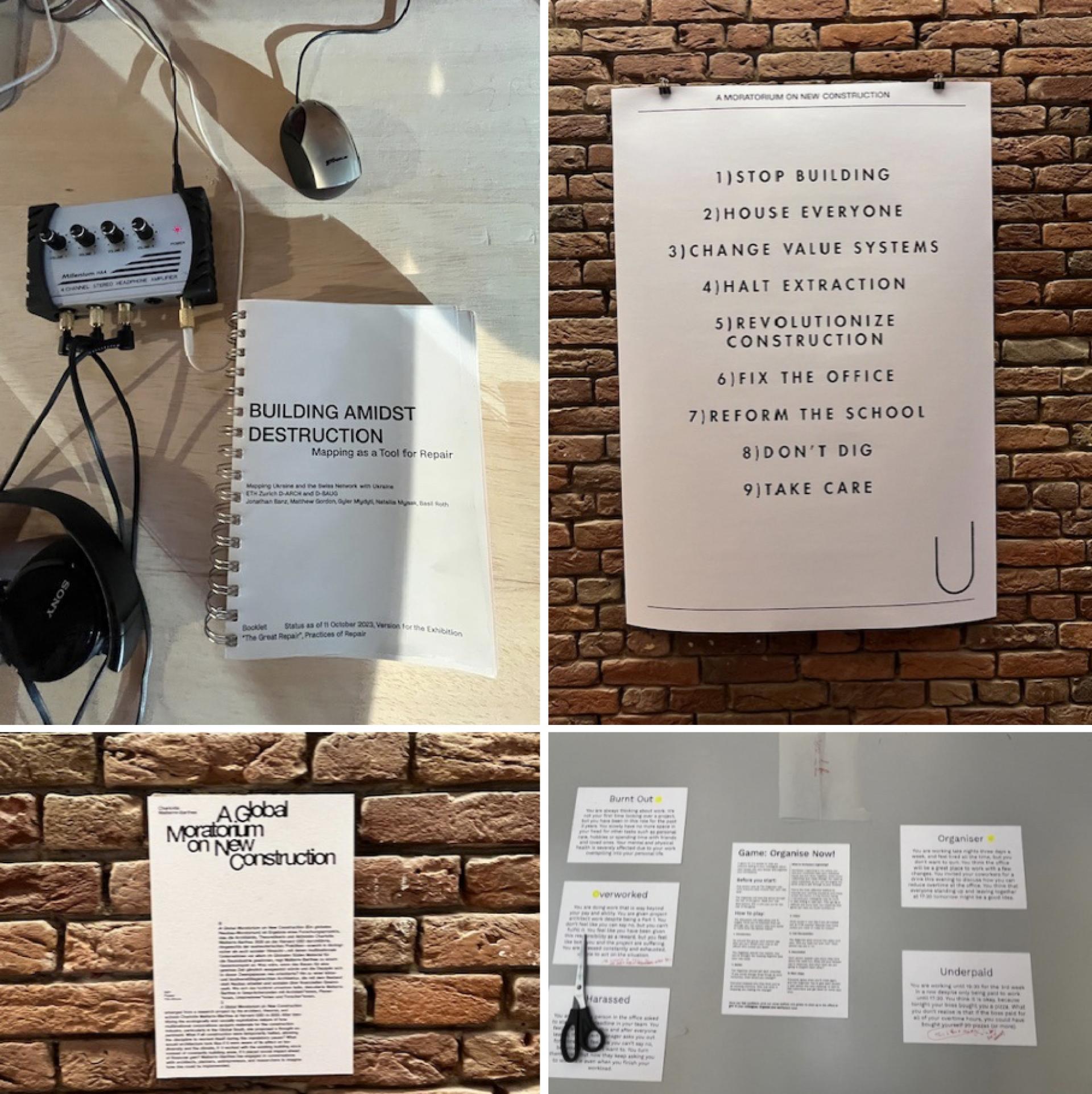The Great Repair
The Great Repair exhibition, which was presented in Akademie der Künste last year in Berlin, is now in Pavilon de'l Arsenal in Paris.
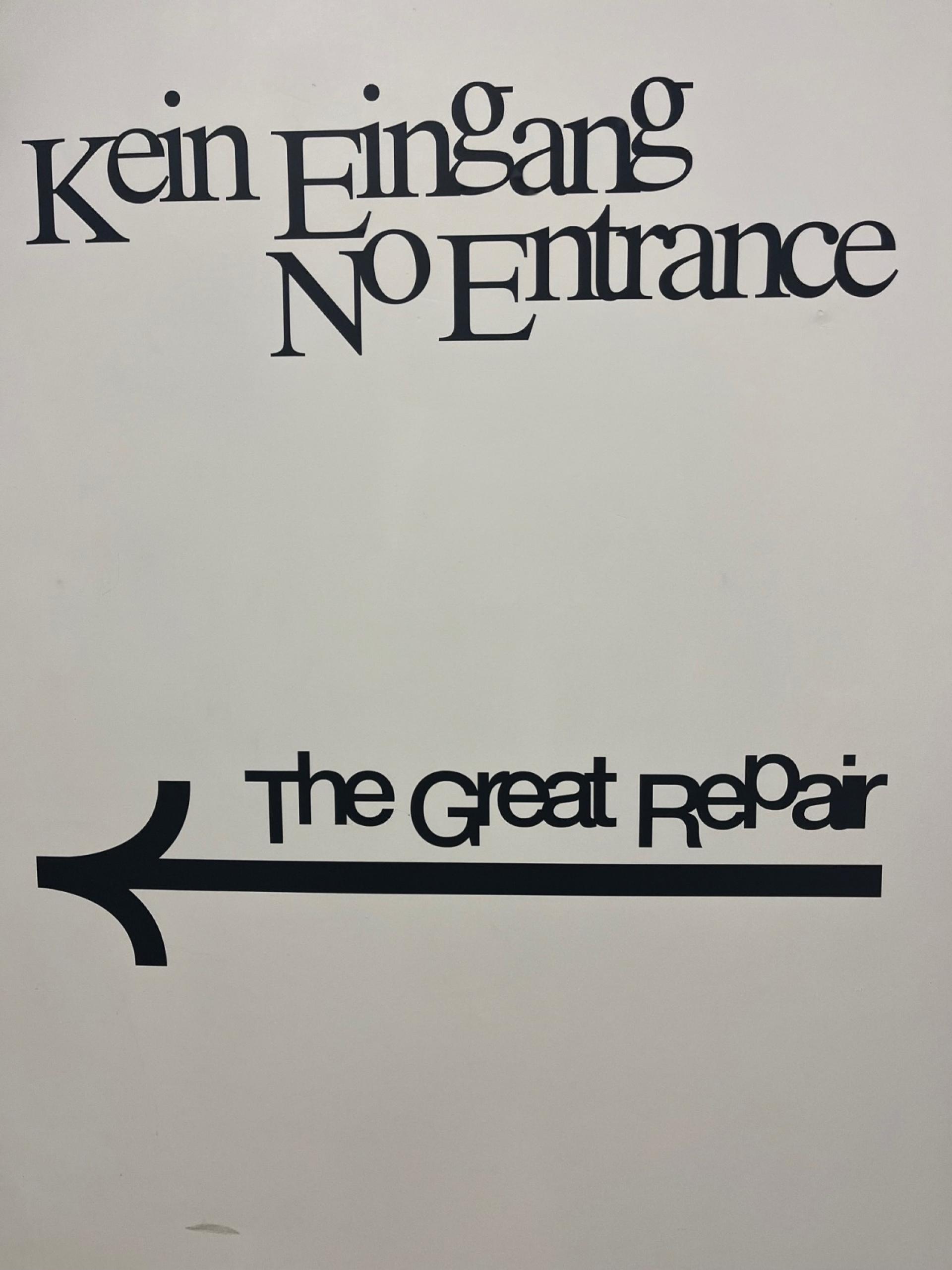
Curators of the exhibition, Florian Hertweck, Christian Hiller, Markus Krieger, Alex Nehmer, Anh-Linh Ngo and Milica Topalović, lean on the statement from the text “Repair and Revolution" by Eva von Redecker: “We face such an enormous need for transformation that it would be downright absurd to disregard the most radical term for change that we have in our political vocabulary. The question is how to fill it with meaning. I understand revolution less as a break and more as an interstitial change, a change that creates the new through and out of the in-between spaces of the old.” This is where repair can begin. Moreover, understanding revolution in this way, as “processes of successive replacement” of “anchor practices,” Eva von Redecker offers an approach to change that is oriented toward practice.
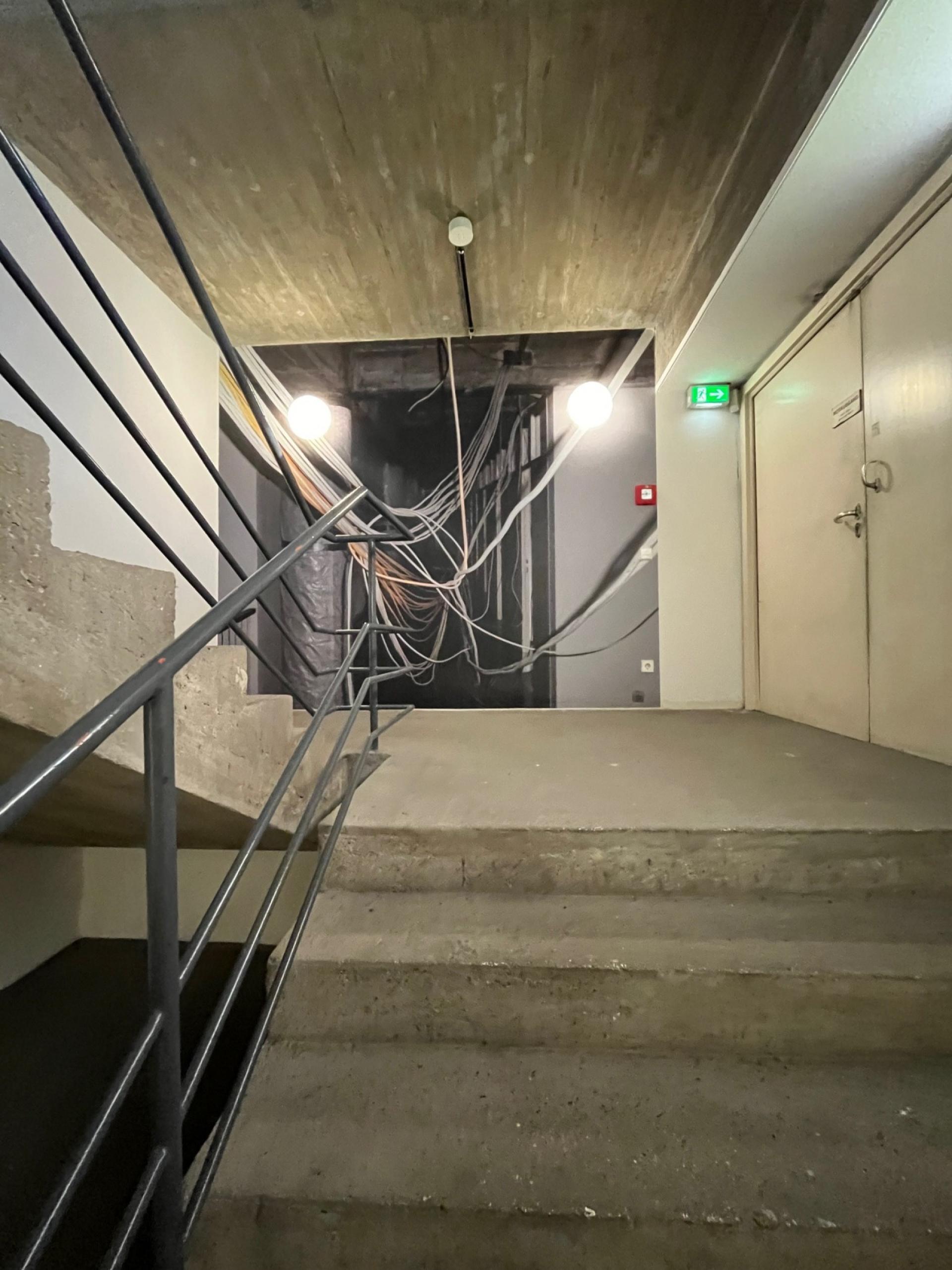
The main staircase leading to the exhibition halls, pictured here before the completion of renovations overseen by Brenne Architekten. Photo: Holger Herschel / © Holger Herschel
What does a great repair in the context of built environment means? According to the authors means to work with the existing, Start with the everyday, Repair the practice / Practice repair, Decolonize knowledge worlds, Tools to the people and Keep the scars visible.

Working with the existing according to the statement does not mean heritage preservation, but responsible care of the built fabric. What matters is recognising the available material artefacts and their ecological and social contexts as a starting point, rather than endorsing a return to the past or embracing them without critical examination. Repair is firmly rooted in an object’s potential use value; it is fundamentally distinct from a mindset of consumption. Engaging with our material legacy also involves a conceptual critique of the discipline—of a conception of architecture that priorities spaces of representation over spaces of reproduction.
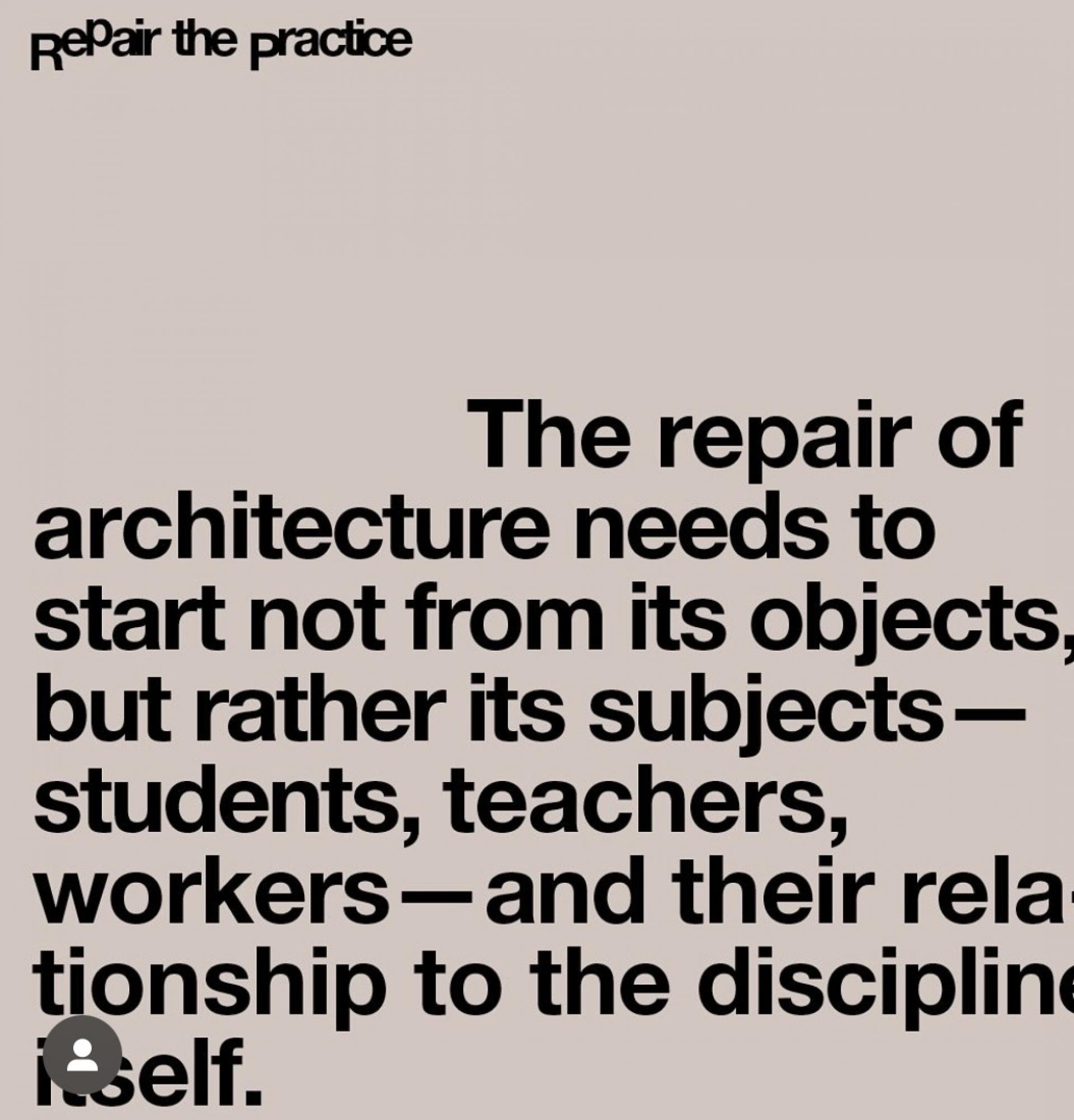
"If we want to “repair” architectural practice with its inherent social inequalities, we need to begin with the discipline’s self-repair," point out the authors and continue "to accomplish this, we must fundamentally reevaluate its working conditions, educational models, hierarchies, and outdated self-understanding—especially the notion that architects should design more and more new buildings."
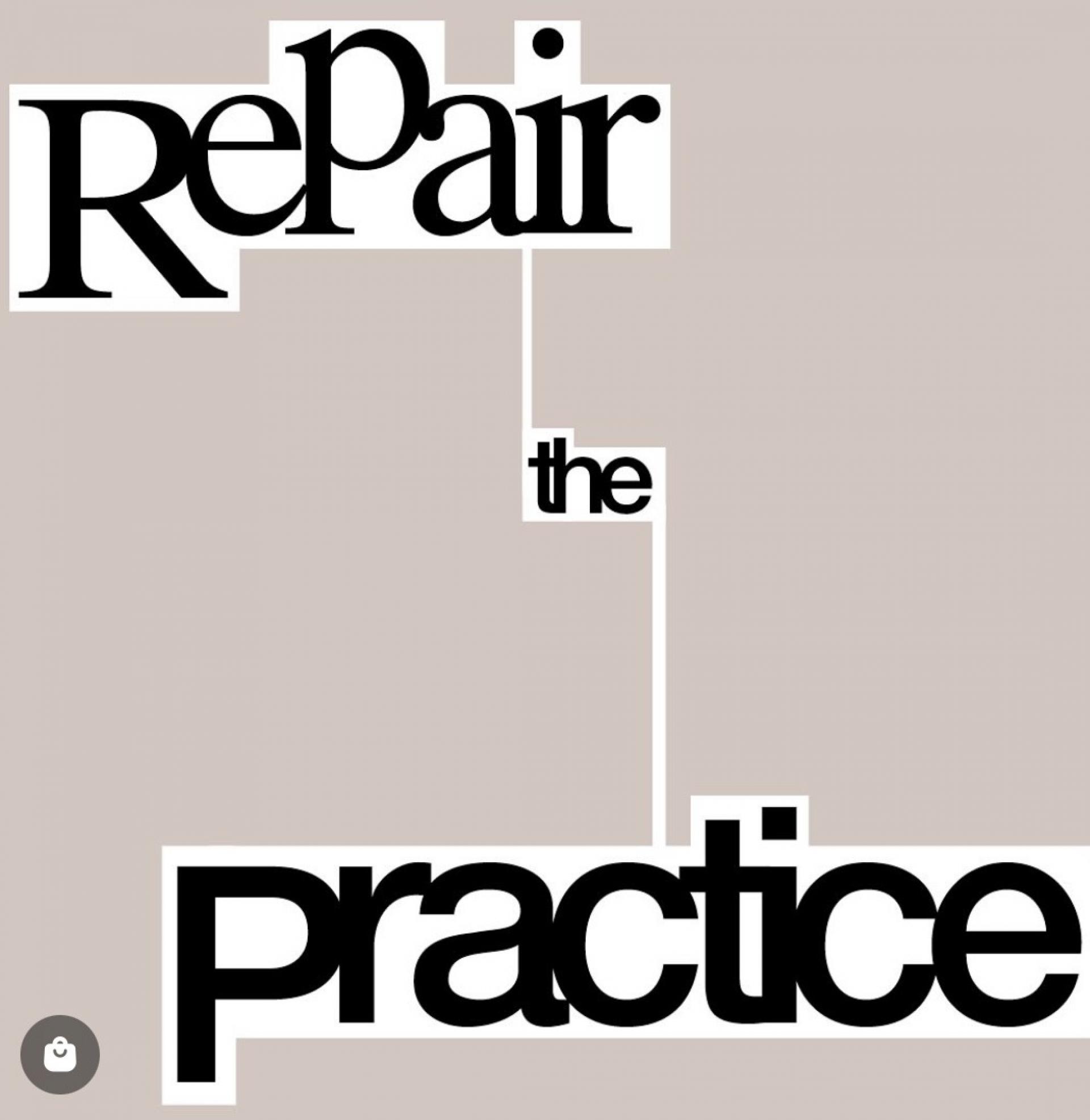
"The fundamental repair of architectural practice requires the competencies of people who are not usually regarded as experts, as well as types of knowledge that are suppressed, marginalized, and eroded by technocratic, profit-oriented, colonialist dynamics." Such talents, techniques, and traditions of expertise can redesign our relationships within the social and natural environment.
Repair begins with a recognition of what is irreparable due to the irreversible nature of the damage. "We must rebuild, mend, heal, and maintain, but at the same time we must acknowledge that our repair efforts cannot fully erase the material and immaterial harm. Preserving visible scars and our collective memory are therefore integral aspects of the great repair."
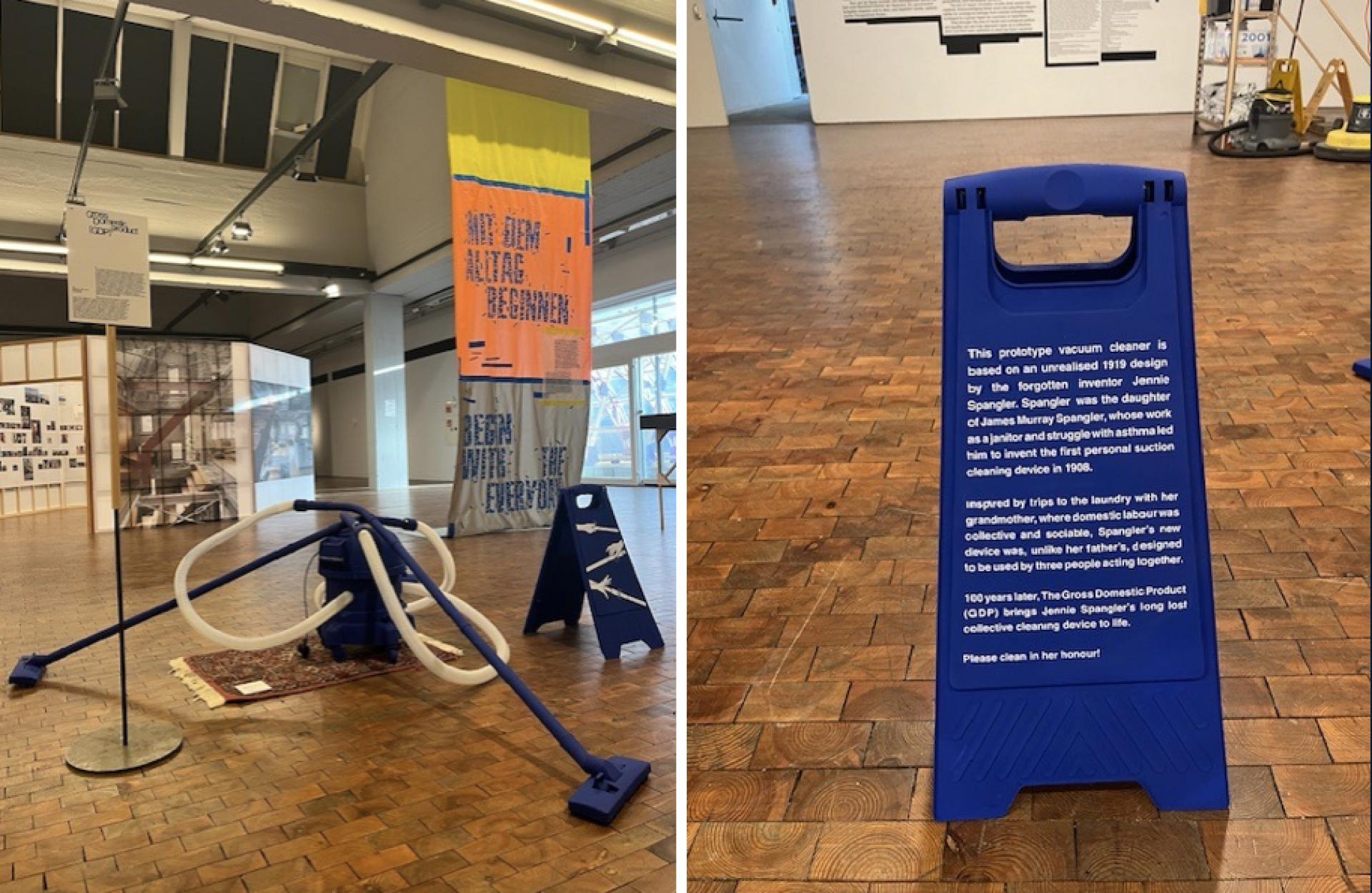
Edit, Gross Domestic Product (GDP), 2019, The feminist collective Edit designed a vacuum cleaner that functions only if three people operate it at the same time. © Edit Collective
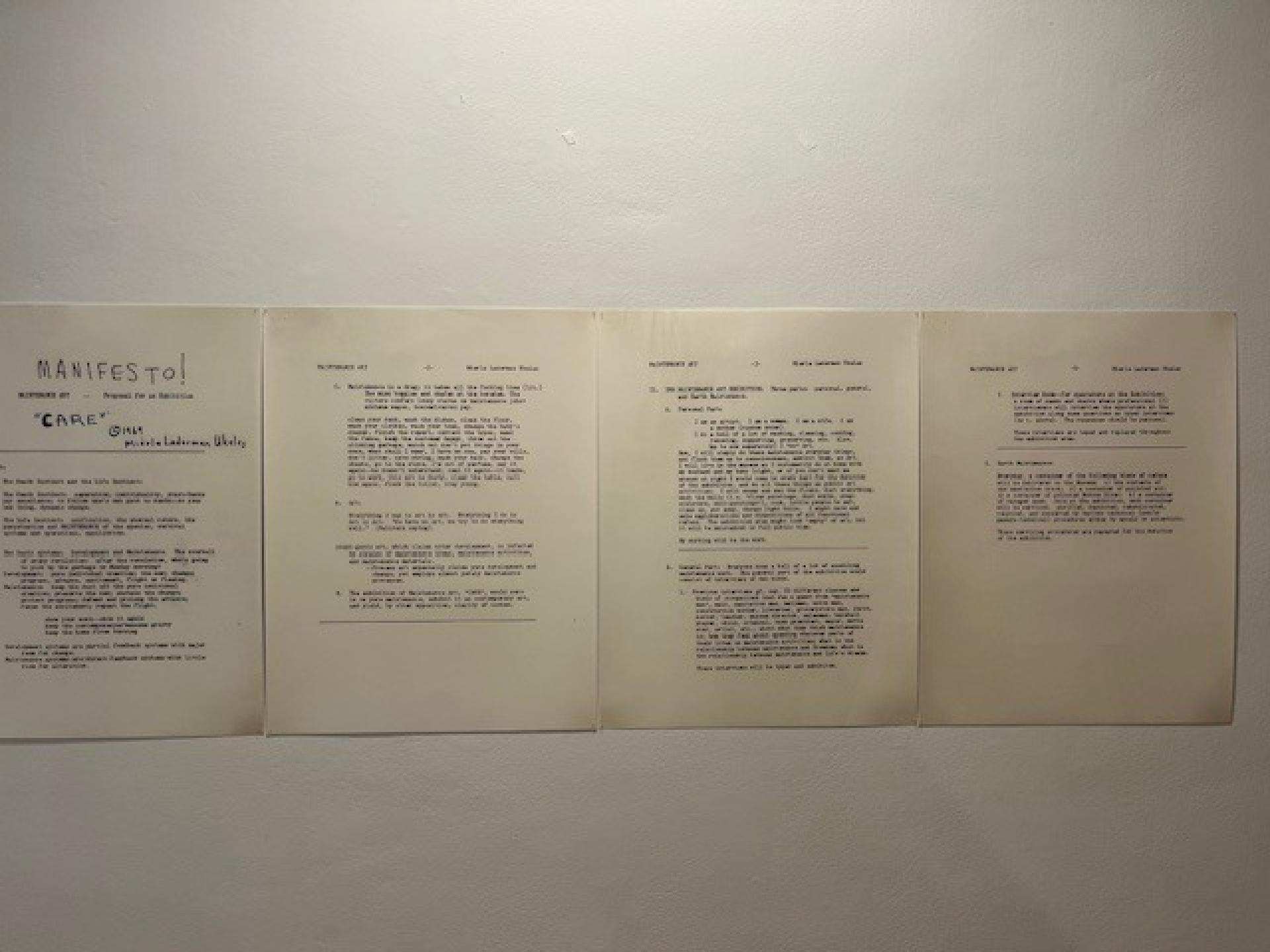
Mierle Laderman Ukeles, Manifesto for Maintenance Art, 1969! Proposal for an Exhibition “CARE”, 1969. © Mierle Laderman Ukeles. Courtesy Mierle Laderman Ukeles & Ronald Feldman Gallery, New York
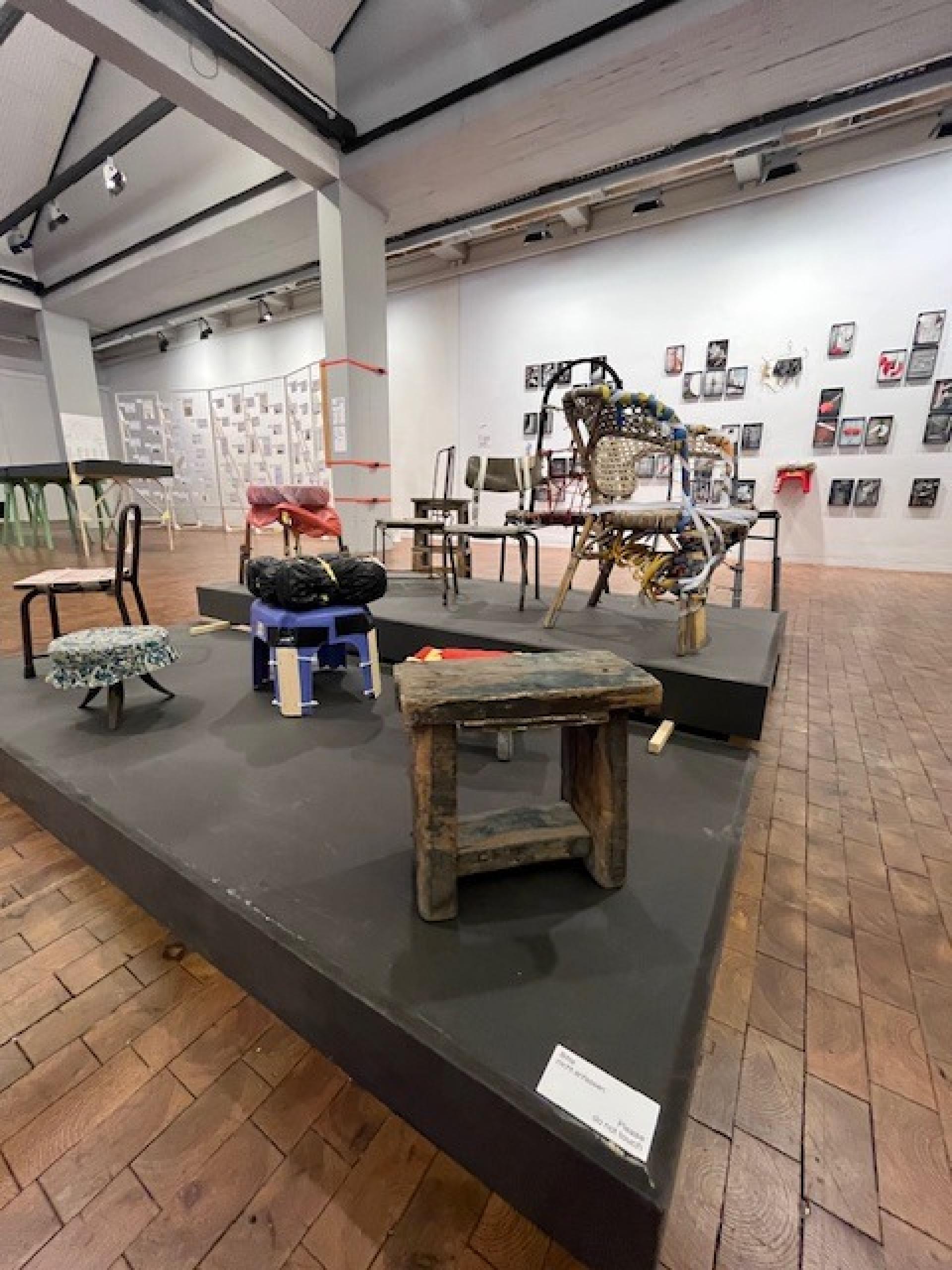
Michael Wolf: from the series Bastard Chairs, 1995–2017. © Estate of Michael Wolf
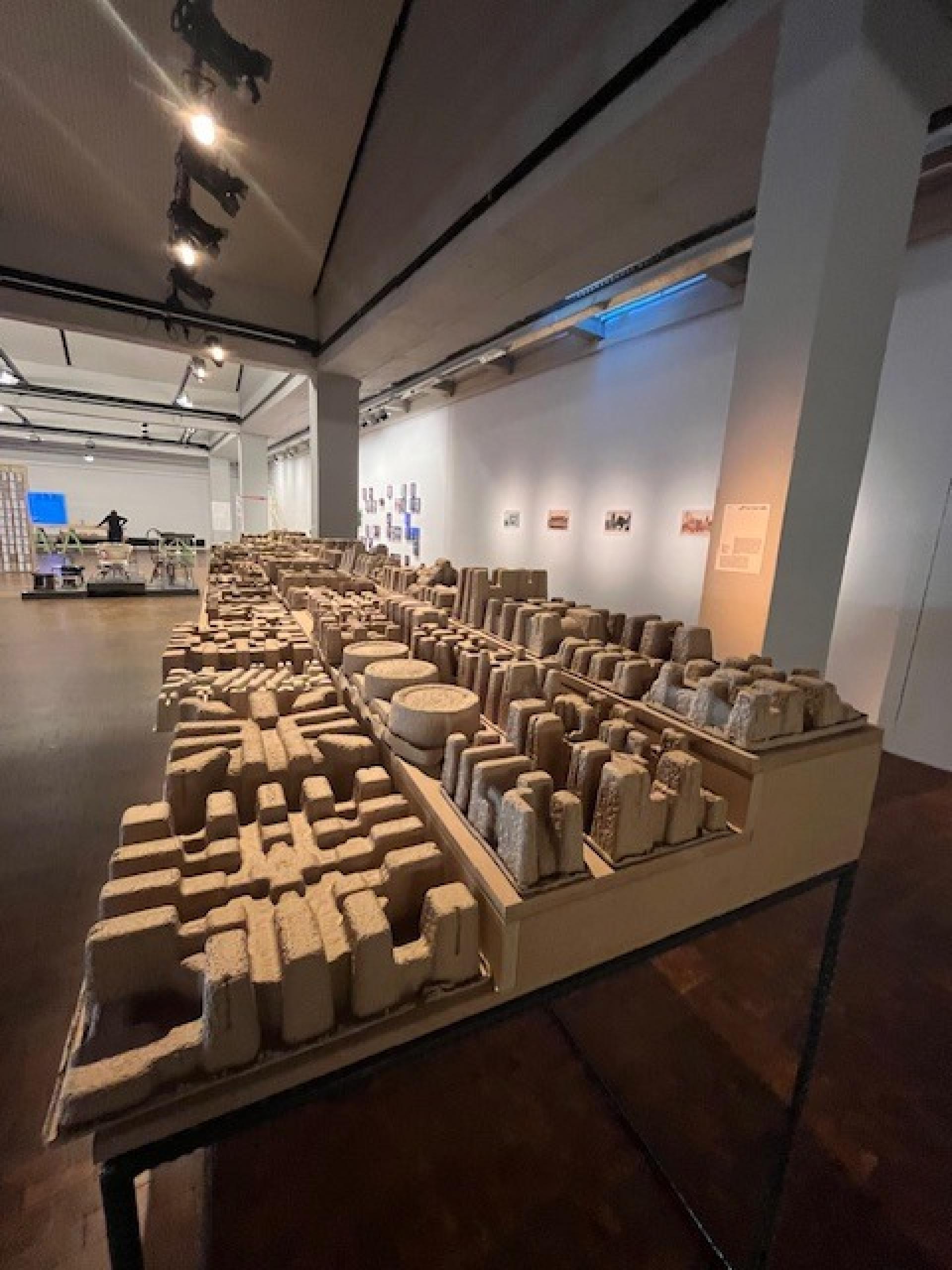
Kader Attia, Hypomnemata, 2023, Attia argues that the aesthetics of modernism, from architecture to everyday objects like packaging materials, reflect processes of cultural appropriation.© Kader Attia. © VG Bild-Kunst, Bonn 2023
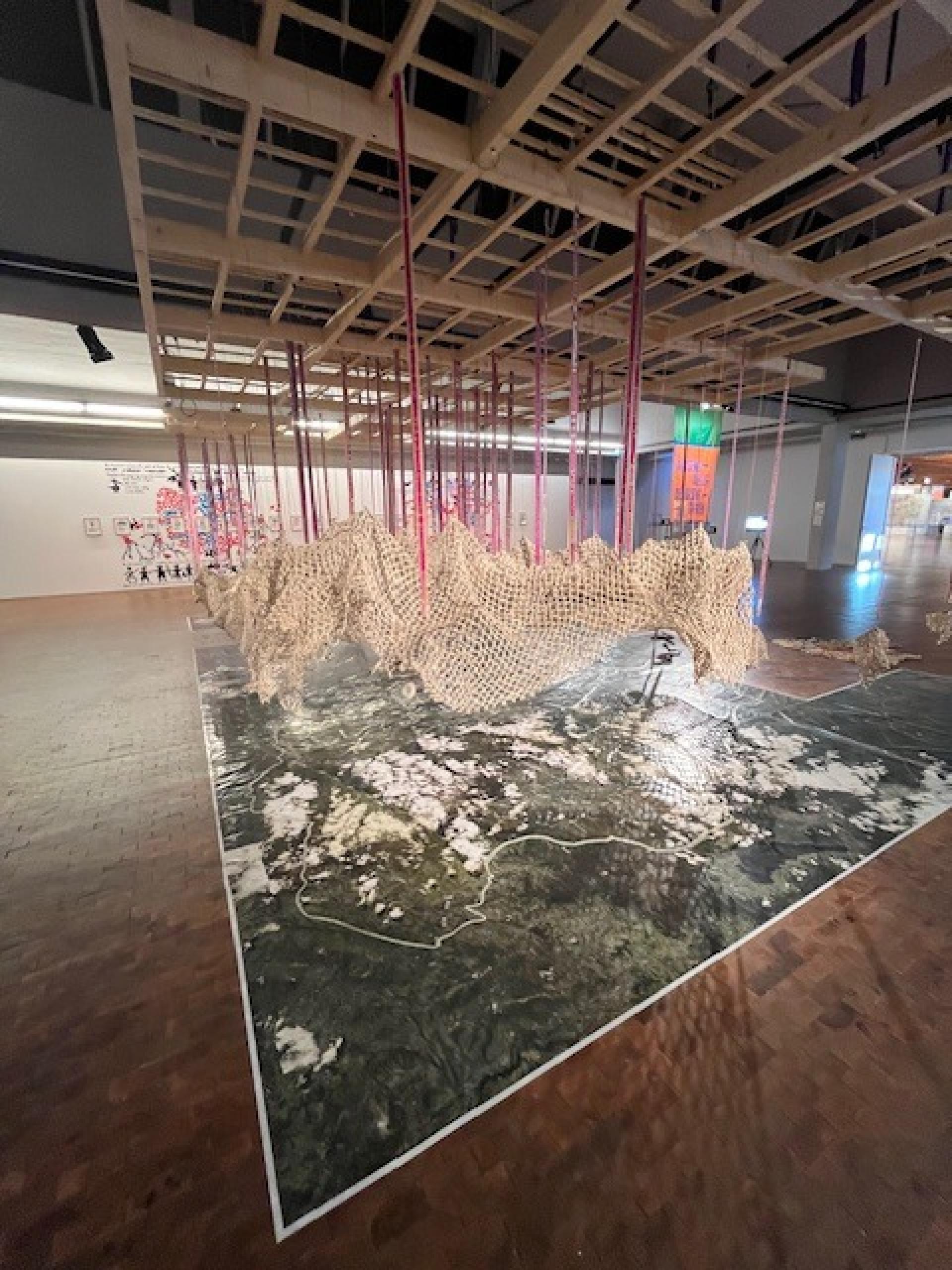
Starting in April 2023, Inga representatives from across Colombia collectively wove a three-dimensional cartography of their territory over several months. During the inaugural workshop, which took place at Muskui Wasi (House of Dreams), a meeting space in Mocoa, Putumayo, weavers and researchers agreed on how to integrate materials and techniques from different Inga regions. In the picture below, Taita Hernando Chindoy, leader of the Inga People of Colombia, points out current challenges facing Inga territories. Above, John Jairo Jansasoy and Luzdary Santacruz examine their community in Aponte in an aerial photo. © Ñambi Rimai
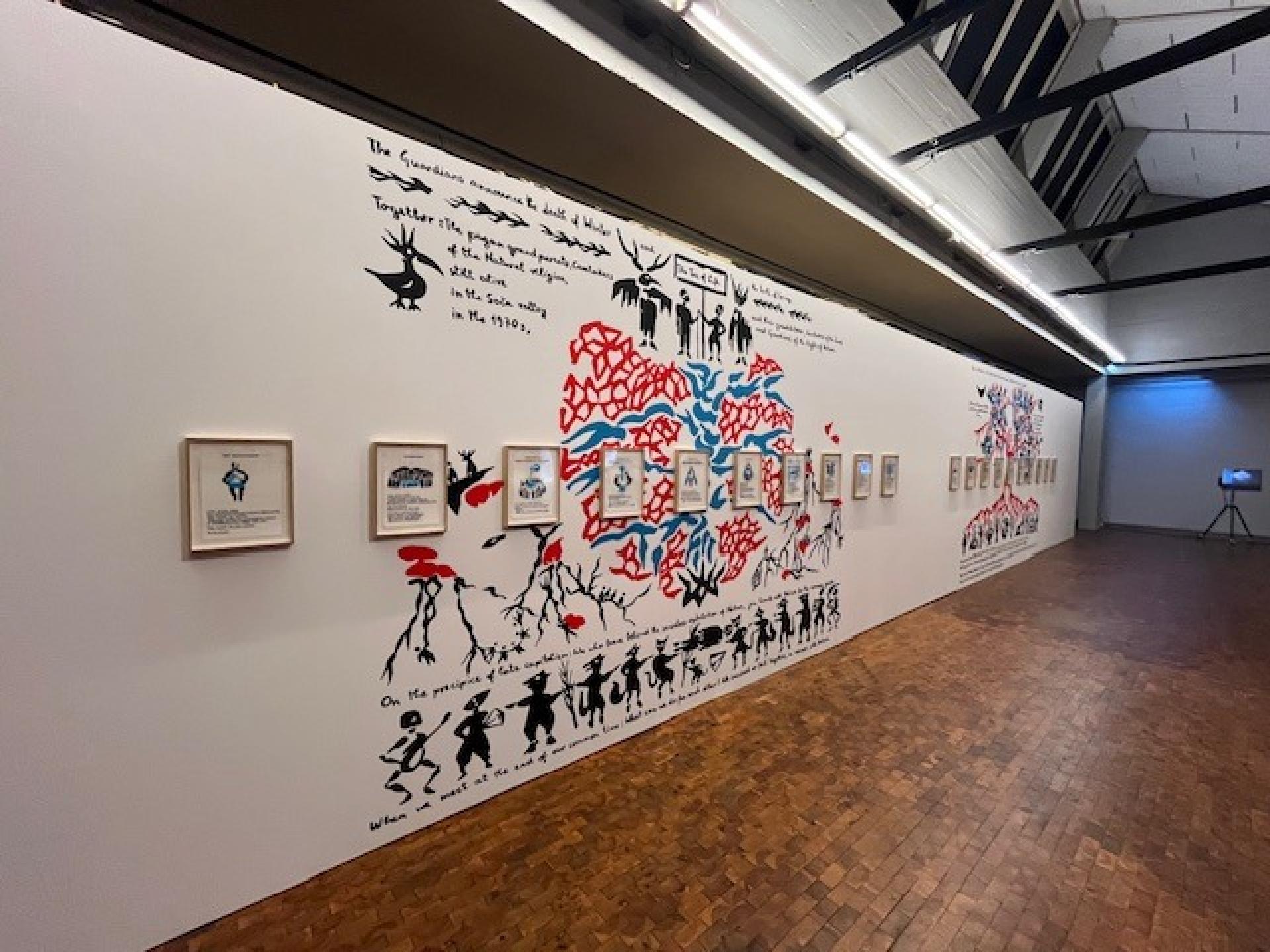
Marjetica Potrč, The Time of Humans on the Soča River, 2021The drawing tells the story of a world marred by the exploitation of natural resources, highlighting humanity's urgent transformation from perceiving itself as the owner of nature to assuming the role of its caretaker. © Marjetica Potrč. Courtesy Marjetica Potrč & Galerie Nordenhake Berlin, Stockholm, Mexico City

Cart is a fully functional cargo bike created from salvaged car parts as part of the series Cars into Bicycles. It also pays homage to the triciclos de tamales, mobile retail shops widely used by street vendors in Mexico. Folke Köbberling, Martin Kaltwasser. © VG Bild- Kunst, Bonn 2023
